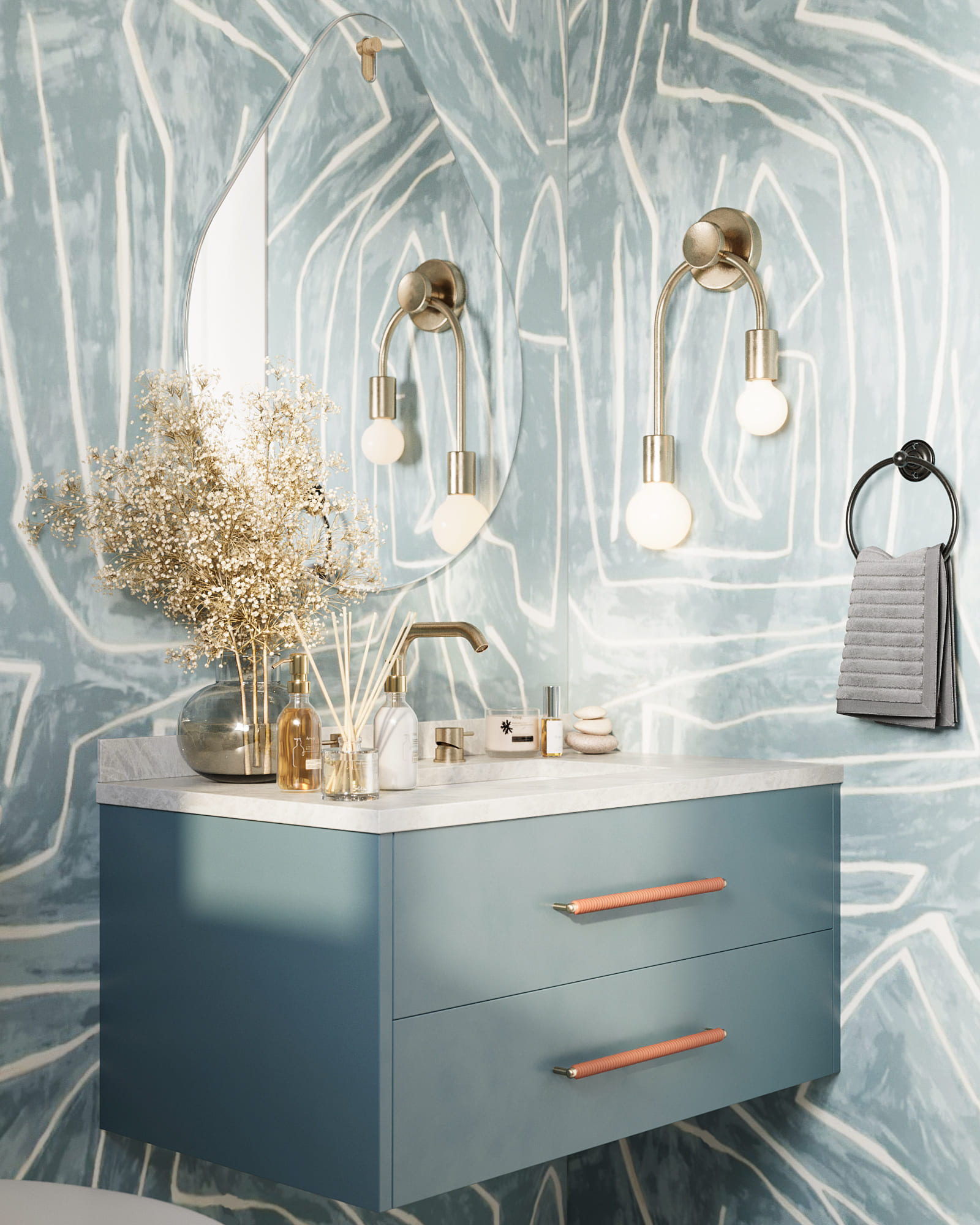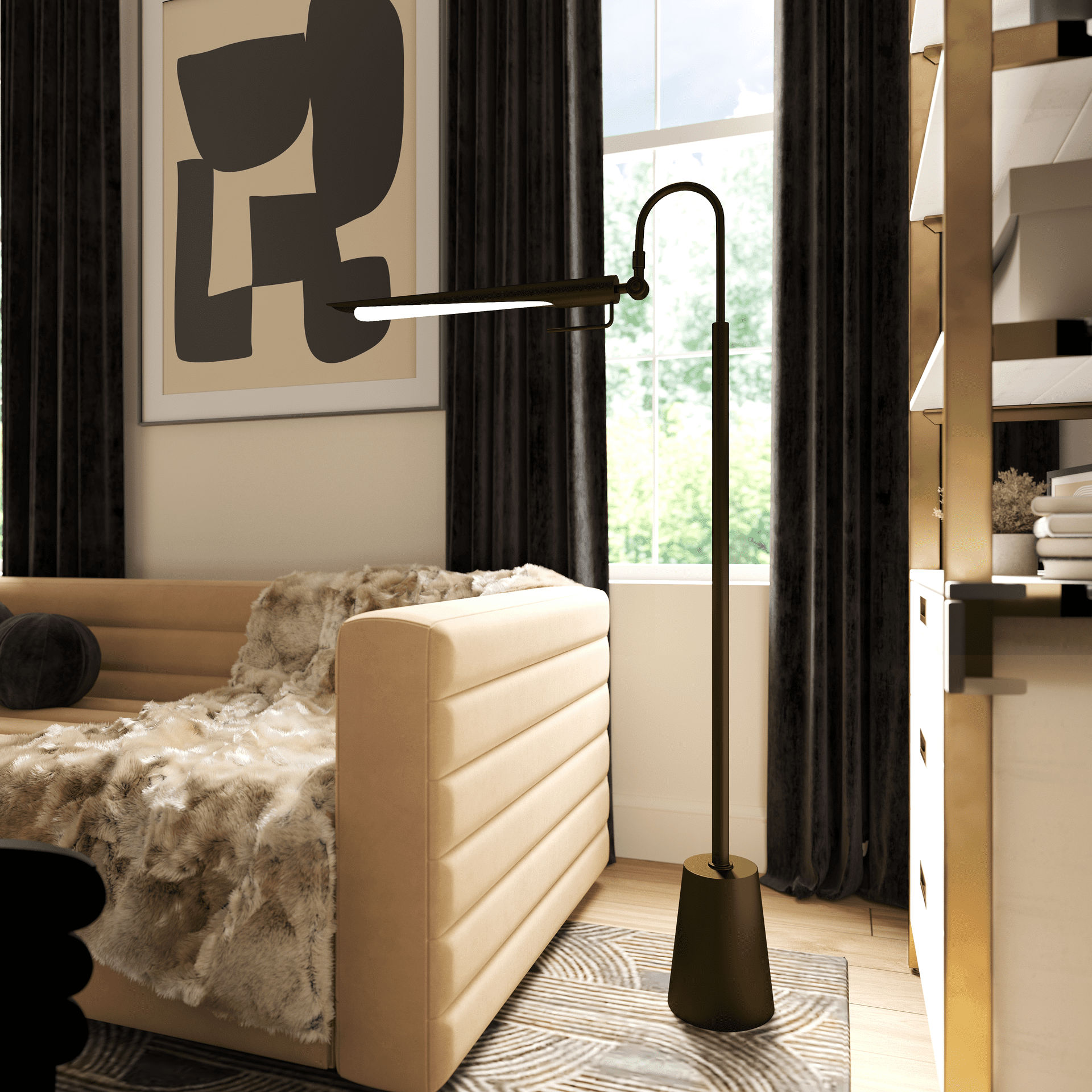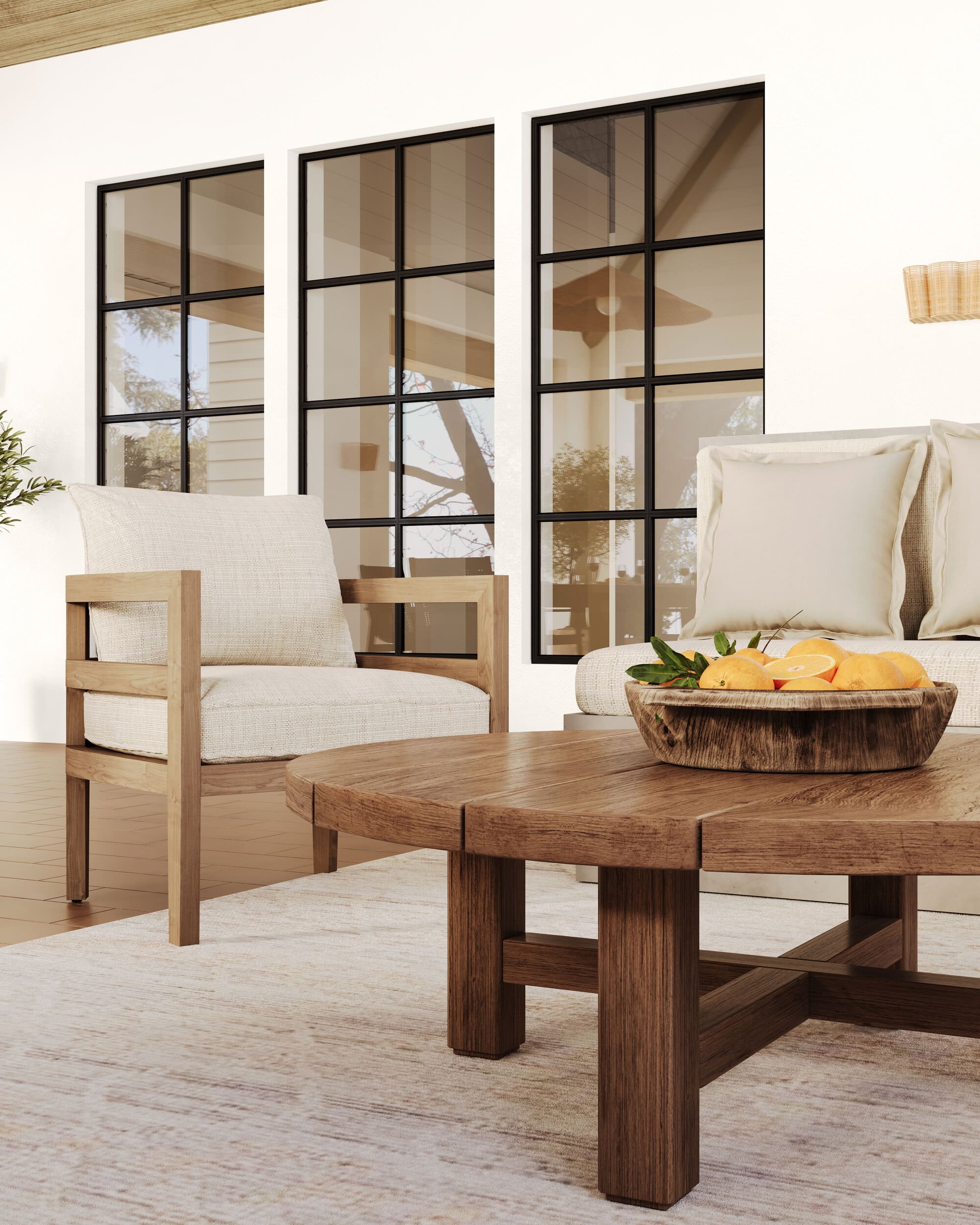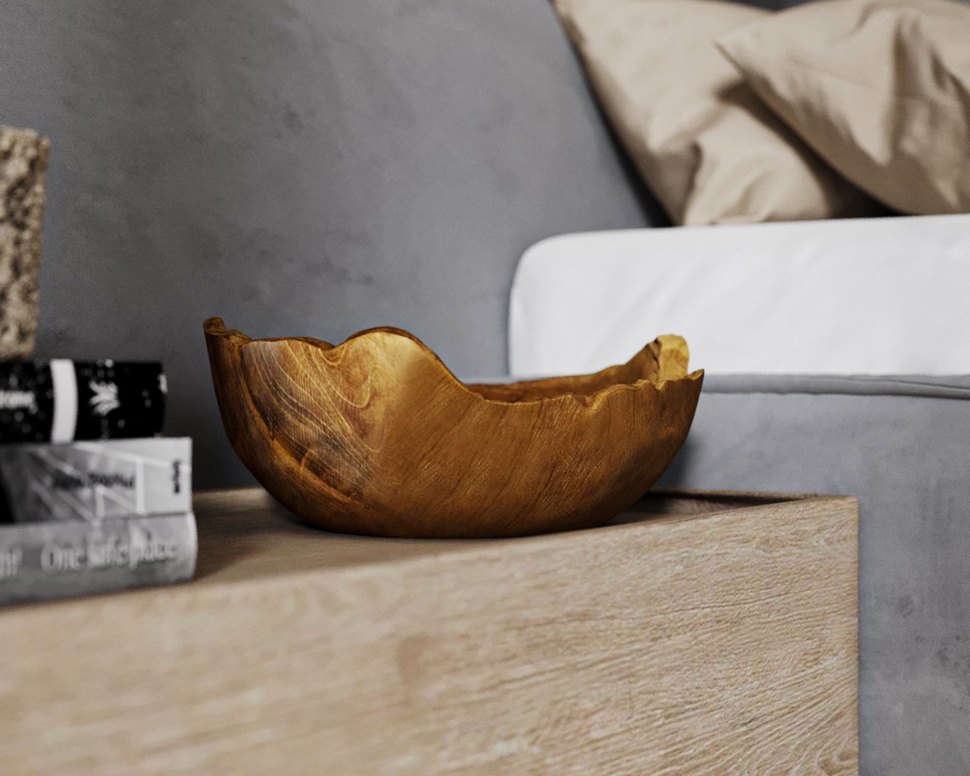Embracing WebAR: 3D Furniture shopping of 3D Model Interaction
Introduction
Furniture shopping has undergone a remarkable transformation thanks to the advent of web-based augmented reality (WebAR) and its integration with 3D model interaction. This innovative technology is not just reshaping how consumers browse and purchase furniture online but also setting a new benchmark for interactive shopping experiences. In this article, we delve into the world of WebAR in furniture shopping, exploring how it's revolutionizing the industry by providing immersive 3D model interactions and transforming the overall customer experience.
The rise of WebAR technology in furniture retail makes a significant shift from traditional online shopping methods. It's a leap from static images and descriptions to dynamic, interactive visualizations, offering customers an unparalleled way to explore and interact with furniture pieces before making a purchase.
The Evolution of Online Furniture Shopping
From Catalogues to 3D Visualization
The journey of furniture shopping online has evolved significantly over the years. It began with simple digital catalogs, where customers browsed through pages of images and descriptions. However, this method often left a lot to the imagination, with customers needing help to grasp the look and feel of the furniture truly. Introducing 3D models in e-commerce marked a pivotal change, bringing products to life and offering a more realistic representation.

Image from Yousee Studio
The transition to 3D Visualization in online furniture shopping was driven by the need to bridge the gap between the physical and digital shopping experience. Retailers like IKEA and Wayfair were among the early adopters, utilizing 3D models to enhance their online catalogs. This shift was not just about visual appeal but also about providing customers with a more accurate and engaging way to view products.
Advantages of 3D Models over Traditional Methods
Incorporating 3D models into online furniture shopping has numerous advantages over traditional methods. Firstly, it significantly increases customer engagement. Viewing a product from all angles and environments helps customers make more informed decisions. For instance, IKEA’s app, IKEA Place, allows users to place 3D models of furniture in their space, giving them a real-time view of how the product would fit and look in their home.
Moreover, using 3D models has been shown to reduce return rates. A study by Shopify indicated that interactions with 3D models lead to a 40% decrease in returns as customers get a clearer understanding of what they are purchasing. This improves customer satisfaction and reduces the logistical and financial burden of returns for retailers.
Understanding WebAR Technology
Basics of WebAR
WebAR refers to using augmented reality experiences through a web browser, eliminating the need for dedicated apps or additional software. It utilizes the camera on a user’s device to overlay digital 3D models onto the real-world environment. Unlike traditional AR, which often requires specialized apps, WebAR offers a more accessible and frictionless experience, as it can be launched directly from a web browser like Chrome, Safari, or Firefox.
The critical advantage of WebAR over traditional AR and VR (Virtual Reality) is its ease of access. While VR requires headsets and AR often requires app downloads, WebAR can be accessed with just a smartphone or tablet, making it more accessible to a broader audience.
WebAR in the Context of Furniture Shopping
In furniture shopping, WebAR provides a unique opportunity for retailers to offer an immersive shopping experience. It allows customers to visualize how furniture would look in their space before purchasing. This not only adds an element of fun and interactivity to online Shopping but also aids in spatial planning and design decision-making.
Several furniture retailers have successfully implemented WebAR to enhance their customer experience. For example, Wayfair’s "View in Room 3D" feature allows customers to use smartphones to place life-sized 3D furniture models in their homes. This technology boosts customer engagement and gives Wayfair a competitive edge in the market.
Another notable example is the partnership between Houzz and ARKit, which resulted in an AR tool that lets users virtually place multiple pieces of furniture in their rooms. This tool saw a significant increase in customer engagement, with users 11 times more likely to purchase after interacting with the AR feature.
The Customer Experience with WebAR
Interactive Shopping with 3D Models
The introduction of WebAR in furniture shopping has significantly altered the customer experience. Through interactive 3D models, customers can now engage with furniture online in a previously impossible way. With WebAR, users can view how a sofa fits in their living room or how a table complements their dining area, all in real-time and within the context of their own space. This level of interaction is not just about visualizing products; it’s about experiencing them personally and meaningfully.
IKEA’s WebAR tool, for example, has redefined furniture shopping. By allowing customers to place 3D furniture models in their homes via smartphones, IKEA has provided a tool that enhances decision-making. It empowers customers to experiment with different styles, sizes, and placements, ensuring that the final choice is one that they are confident and happy with.
Benefits and Challenges for Consumers
The benefits of WebAR in furniture shopping for consumers are numerous. It offers convenience, as customers can visualize products in their intended environment without leaving their homes. The realism provided by high-quality 3D models helps understand the texture, scale, and fit of products, leading to more informed purchasing decisions.
However, technologythe technology does come with challenges. The accuracy of 3D models and the AR experience can vary, sometimes leading to discrepancies between the virtual representation and the actual product. Additionally, the effectiveness of WebAR can depend on the user's device capabilities and internet connectivity, which might limit accessibility for some customers.
To overcome these challenges, companies are investing in improving the fidelity of 3D models and ensuring that WebAR experiences are optimized for a wide range of devices. Consumer education is also vital – providing clear instructions and support can help users navigate and make the most of WebAR features.
Business Perspective on WebAR in Furniture Shopping
Impact on Sales and Marketing
From a business perspective, the impact of WebAR in furniture shopping is profound. Companies that have embraced this technology report increased sales and customer engagement. WebAR serves as a powerful marketing tool and plays a crucial role in customer conversion and retention.

Image from Yousee Studio
An example of the impact of WebAR can be seen in the case of Wayfair. Their AR feature led to a noticeable increase in customer engagement and time spent on the app, translating to higher sales figures. Similarly, IKEA reported that users of its AR app were up to 14 times more likely to purchase a product than those who didn’t use the app.
In terms of marketing, WebAR offers a novel way to showcase products. It provides an interactive and immersive experience that can be leveraged in digital marketing campaigns, social media, and in-store displays. By incorporating WebAR into their marketing strategies, businesses can attract a wider audience and create more impactful and memorable brand experiences.
Future Trends and Predictions
The future of WebAR in furniture shopping is poised for even more incredible advancements. With the continual improvement of AR technology and 3D modeling, future iterations are expected to offer even more realistic and seamless experiences.
One emerging trend is integrating artificial intelligence (AI) with WebAR. AI can personalize the shopping experience by recommending products based on the user’s style preferences or previous interactions. This personalization enhances the customer experience and increases the likelihood of sales.
Another development to watch is the integration of WebAR with other e-commerce technologies, such as virtual assistants and chatbots. These integrations can provide a more comprehensive and guided shopping experience, combining the benefits of WebAR with personalized customer service.
The integration of WebAR in furniture shopping represents a significant shift in consumer experience and business strategy. It offers an interactive and immersive way of Shopping that benefits both customers and retailers. As technology evolves, WebAR will likely become an increasingly integral part of the furniture retail industry.
Business Perspective on WebAR in Furniture Shopping
Impact on Sales and Marketing
The integration of WebAR in furniture shopping has ushered in a new era for the retail industry, significantly impacting sales and marketing strategies. For businesses, WebAR is not just a technological novelty but a tool that directly influences consumer behavior and purchasing decisions.
Implementing WebAR technology has been shown to increase engagement and conversion rates. For example, according to a report by Shopify, products with 3D/AR content boast a 94% higher conversion rate than products without. This statistic underscores the significant role that interactive 3D models play in influencing buyer decisions. Companies like IKEA have capitalized on this trend, reporting that their AR app, IKEA Place, has significantly boosted online sales and reduced return rates.
From a marketing perspective, WebAR provides a unique and compelling way to showcase products. It allows for immersive, interactive advertisements that engage customers more deeply than traditional 2D images. Retailers have begun to leverage WebAR in digital marketing campaigns, social media platforms, and even through QR codes in physical catalogs. This multi-channel approach has broadened the reach of marketing campaigns, attracting a diverse range of customers and creating memorable brand experiences.
Future Trends and Predictions
Looking ahead, the future of WebAR in furniture shopping is both promising and exciting. Continuous advancements in AR technology and 3D modeling are expected to offer even more lifelike and seamless experiences. One of the most anticipated trends is integrating artificial intelligence (AI) with WebAR. AI can suggest personalized shopping experiences by recommending products based on the user’s browsing history, preferences, and previous purchases. This level of personalization not only enhances the customer experience but also increases sales potential.
Another emerging development is the combination of WebAR with virtual assistants and chatbots. This integration can create a more comprehensive shopping experience by combining the immersive nature of WebAR with real-time, personalized customer service. Virtual assistants can guide users through the AR experience, provide product information, and assist with purchases, offering interaction that mimics in-store Shopping.
Additionally, the potential for WebAR to expand into new platforms and devices, including wearables and smart glasses, could further revolutionize the furniture shopping experience. As technology evolves, the line between physical and digital retail will continue to blur, offering customers the best of both worlds.
The Transformative Role of WebAR in Furniture Retail
The advent of WebAR in furniture retail marks a significant shift in how consumers interact with products and make purchasing decisions. This technology has transformed the traditional online shopping experience, offering an immersive and interactive way to explore products. The ability to visualize furniture in one's own space before buying has bridged the gap between the physical and digital realms, providing a shopping experience that is both convenient and reliable.
Summarizing the Impact of WebAR and 3D Models
The synergy of WebAR and 3D models in furniture shopping has numerous benefits. It offers consumers a more engaging and informative shopping experience, leading to higher satisfaction and confidence in purchasing decisions. It translates into increased sales, reduced return rates, and enhanced brand loyalty for retailers. Moreover, it allows for more innovative and effective marketing strategies, attracting a broader customer base and creating more impactful advertising campaigns.
The use of WebAR in furniture retail also signifies a more significant trend in e-commerce – the shift towards more experiential and interactive online Shopping. This approach caters to the modern consumer's desire for immersive experiences and aligns with the increasing preference for online Shopping.
The Future Outlook for the Furniture Shopping Experience
As we look to the future, the integration of WebAR in furniture shopping is expected to become more widespread, with continual improvements in technology making it more accessible and user-friendly. Significant retailers' increasing adoption of WebAR is likely to set a new standard in the industry, prompting others to follow suit.

Image from Yousee Studio
The potential for further integration with other technologies, such as AI, VR, and IoT (Internet of Things), could lead to even more personalized and engaging shopping experiences. Imagine a future where your virtual assistant recommends a sofa based on your preferences and room dimensions and suggests complementary furniture and decor, creating a complete room design through an immersive AR experience.
WebAR has already begun to reshape the landscape of furniture retail, offering innovative solutions to traditional challenges in Online Shopping. As technology continues to evolve, WebAR is poised to play a crucial role in the future of e-commerce, offering unparalleled opportunities for both consumers and businesses in the furniture industry.
Contact us at YouSee Studio for captivating 3D renderings and immersive virtual experiences.
Ray Lisbon is a content writer and the author of this article.



